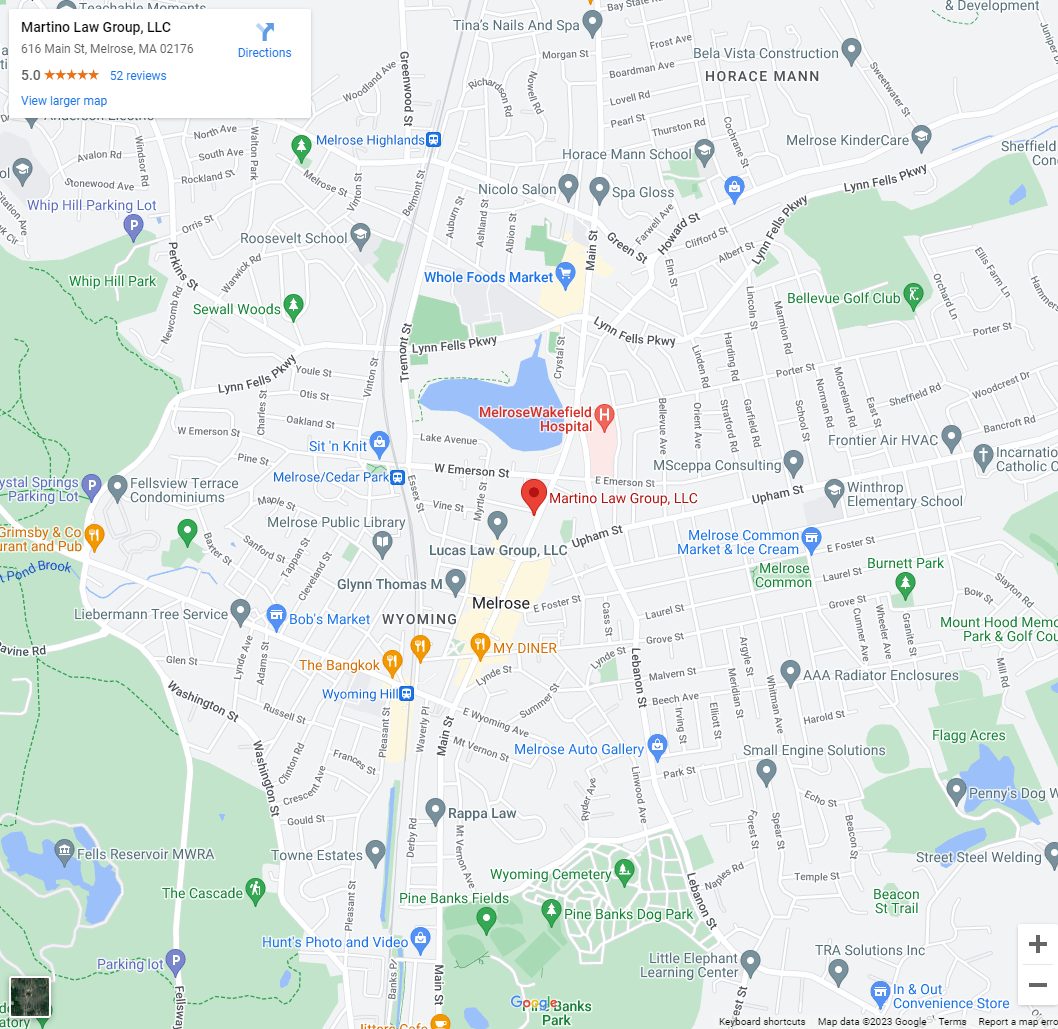It seems that scams are popping up everywhere nowadays, and they come through all different sources. From the mail that gets delivered to your house to phone calls and emails, Massachusetts residents must be more aware than ever of potential scams. Below are a few different ways to detect and avoid email scams.
Login Directly to Websites
Scammers often make emails appear to be from a legitimate source. Their hope is that you will click on a link within the email. This could download a virus, take you to a fraudulent website, or trick you into providing your login information for a certain account. Rather than using links within emails, visit the websites directly to login. For instance, if you receive an email from your credit card company asking you to review a potentially fraudulent charge, visit their website directly to login. Do not click on a link in the email to do so. This ensures that you are not being sent to a fake site.
Check Hyperlinked Text Before Clicking
Hyperlinks are text within an email that displays words but takes you to a website once clicked. You cannot tell what the website link is simply by looking at the words. However, if you place your cursor over the hyperlink text, you should see a little popup displaying the actual link. This can be helpful in determining whether an email is real or fake and thus help you avoid email scams. For example, if you receive an email claiming to be from the postal service, but when you hover over the hyperlink, it displays xyz.com as the actual website address, it becomes clear that the email is fake.
Consider the Source
Sometimes the best way to avoid email scams is to stop and think about the source of an email. You may realize that it does not make sense. For instance, how can the IRS email you when you’ve never provided them with your email address? Why are you receiving an email about an account on a service that you don’t use? Why does an email not indicate which company it is coming from? Why does an email claim to be from a legitimate company but the sender’s email address is a generic Gmail or Hotmail account? Always consider the source of an email and consider whether it makes sense that you would even receive such a message.
Look for Other Red Flags to Avoid Email Scams
There are many other red flags that you can look for in an email to avoid scams.
- Unusual Wording
- Grammatical Errors
- Missing Email Signatures
- Overly Alarming Text
- Unusual Calls to Action
- Mismatched Contact Information
- Generic Email Addresses
By knowing what to look for and avoiding risky actions, you can protect yourself from becoming a victim of an email scam. We hope that you found the above information helpful. Follow us on Facebook for more Massachusetts consumer tips and tricks along with a variety of other helpful legal topics.





